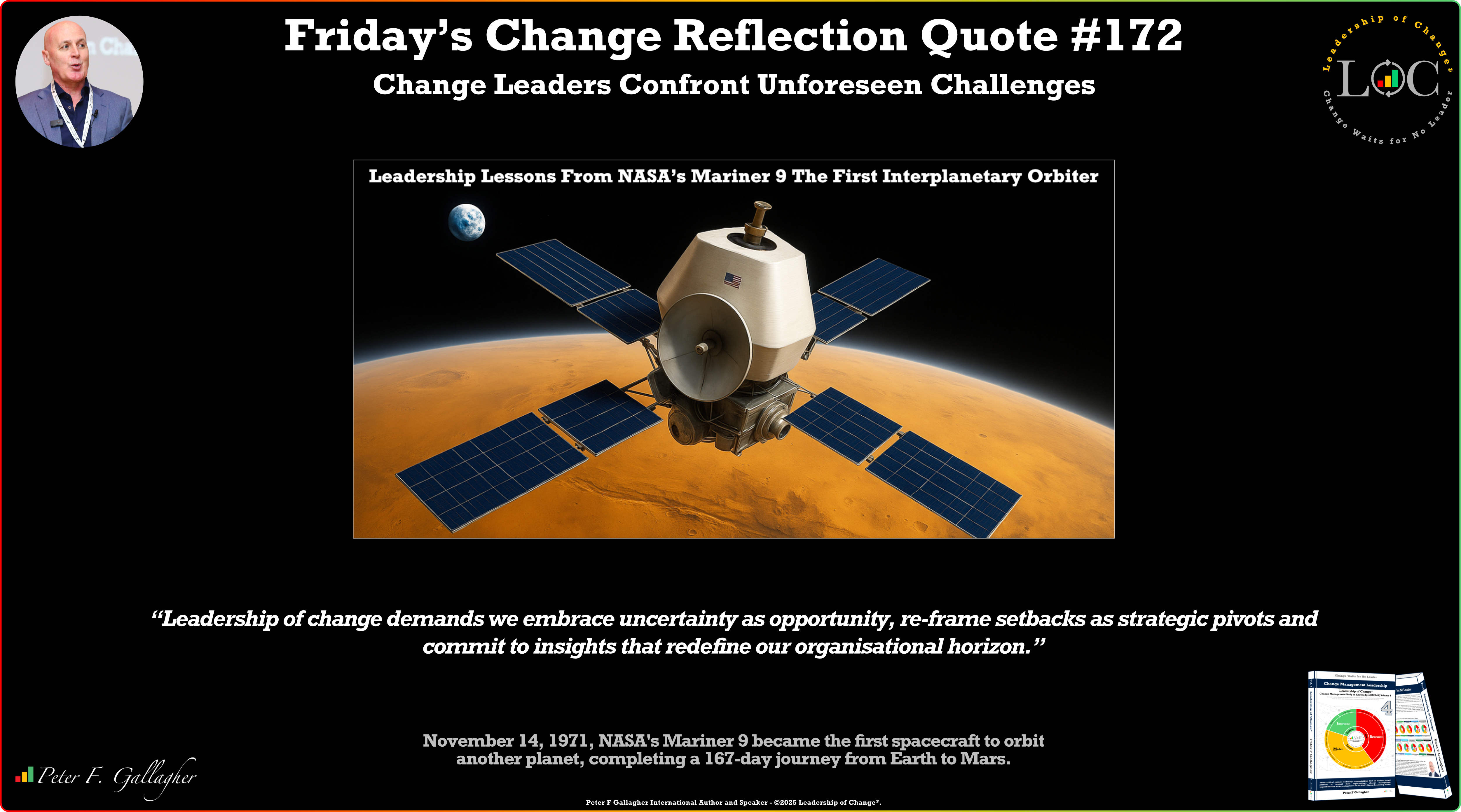Nov14

It always begins with something small.
A single scanner at the end of a long, humming warehouse aisle flickers, freezes, and dies.
The technician frowns, taps the side, nothing.
Within minutes, a pallet is stranded.
Within an hour, trucks are idling, orders delayed, costs climbing.
One handheld device, worth a few hundred euro, has just frozen a system worth millions.
That’s the paradox of modern supply chains: global in scale, fragile in detail.
This is where resilience stops being an abstract strategy and becomes operational reality.
And it’s exactly where companies like Honeywell and Peak Technologies, represented by my guests Taylor Smith and Elton Saunders on the Resilient Supply Chain Podcast, are focusing their efforts, on the invisible architecture of uptime, foresight, and device health.
Because in a world of same-day expectations, downtime isn’t a nuisance anymore; it’s a business risk.
According to Gartner (2024), the average cost of unplanned downtime in logistics facilities is between €500,000 - $5M+ per hour for large operations.
And yet, surveys show that fewer than half of those organisations have any kind of predictive maintenance or device-health monitoring in place.
That’s staggering when you consider the scale: there are roughly 6.3 billion connected supply-chain devices in operation globally today, from scanners and thermal printers to sensors and tablets. Every single one is both a productivity multiplier and a potential point of failure.
Meanwhile, UN data estimates global e-waste now exceeds 62 million tonnes annually, with less than a quarter properly recycled.
Much of that waste comes from short-cycle industrial electronics, devices retired not because they’re broken, but because their software is obsolete or their batteries degraded.
And here’s where it gets interesting.
Honeywell’s own internal analysis shows that battery mismanagement is the number-one cause of device under-performance.
Not broken screens.
Not network issues.
Batteries.
Interestingly, buried in those statistics lies a sustainability twist few executives notice. The most common failure mode in mobile devices, the humble battery, is also the largest single driver of hazardous e-waste. Replacing batteries proactively, or designing to eliminate them entirely, isn’t just smart maintenance. It’s climate action disguised as cost control.
If you zoom out from that warehouse floor, you can see the same logic rippling through the entire industrial landscape.
Predictive maintenance isn’t just an IT upgrade; it’s a philosophy, a move from reactive firefighting to systemic anticipation.
Economically, the case is straightforward: organisations that embed proactive maintenance see 15–25 % lower operating costs and 30 % longer asset lifespans.
But the deeper implication is cultural.
It demands that leadership stop thinking of devices as disposable tools and start treating them as part of an ecosystem, one that must remain healthy, secure, and upgradable across multiple generations.
This mindset isn’t confined to logistics.
Look at the energy sector: predictive grid management is now central to renewable integration. Wind-farm operators use AI to forecast turbine wear; utilities deploy sensors to detect faults before they cascade into blackouts.
Supply-chain resilience and grid resilience are the same story told through different assets, both hinge on foresight, data integrity, and circular thinking.
Politically, this shift touches sovereignty too. As Taylor noted, Honeywell is reshoring parts of its manufacturing out of China, diversifying to protect against tariff shocks and geopolitical bottlenecks. That’s not just about risk mitigation, it’s about maintaining continuity in a fragmented world.
And socially, there’s a human element. High turnover in warehouses (50–100% a year in some regions) means many workers handling critical devices are new, untrained, and often unaware of maintenance procedures. When systems fail, it’s not only productivity that suffers, it’s morale, trust, and safety.
Resilience isn’t built by chance. It’s engineered through layers of foresight.
Here’s how leading organisations are doing it:
It’s worth emphasising that the ROI on all of this is fast.
Peak Technologies reports clients recouping investments in predictive maintenance within 12–18 months, primarily through avoided downtime and extended device life.
In an age when capital budgets are tight and emissions reporting is mandatory, that’s not just efficiency, it’s governance.
The transformation is already under way.
AI-driven anomaly detection is entering the mainstream. Next-gen systems can now forecast battery failure 30 days in advance, learning from each site’s usage profile.
Analytics tools use camera data to identify when dust or residue builds up on optical sensors, triggering cleaning before quality degrades.
This is more than operational hygiene, it’s predictive intelligence becoming ambient, invisible, and continuous.
In macro terms, we’re witnessing convergence:
The environmental dividend is significant. Extending device lifespans by just one year across global logistics would prevent 2.4 million tonnes of CO₂e annually, based on average manufacturing emissions.
Add in reduced transport, packaging, and disposal costs, and the financial savings reach into the billions.
And then there’s resilience in the truest sense:
Fewer single points of failure.
More foresight.
Systems that learn.
Organisations that endure.
Remember that technician at the start, the one staring at a dead scanner as the warehouse clock ticked?
In a resilient, data-intelligent operation, that device wouldn’t die without warning.
It would send a notification: battery health below threshold; replacement scheduled for next shift.
The worker would pick up a ready-charged unit, scan the pallet, and the trucks would roll on time.
No drama. No downtime.
Just quiet efficiency, the kind that multiplies across thousands of nodes until it becomes systemic stability.
That’s what resilience looks like in 2025: not a fortress against disruption, but a living network that anticipates, adapts, and regenerates.
And the deeper truth?
Every decision to repair, update, or recycle smarter is an act of climate action too. The cleanest supply chain isn’t only carbon-neutral, it’s failure-resistant.
If you’d like to hear Taylor Smith and Elton Saunders unpack these insights, on proactive maintenance, circular design, and AI-enabled foresight, listen to the full episode of the Resilient Supply Chain Podcast here.
And maybe, while you do, ask yourself one question:
How many scanners, sensors, or servers in your own organisation are one drained battery away from halting everything?
Because resilience doesn’t start in the boardroom.
It starts in the hands of the technician holding that device.
Photo credit EU-Ukraine Cooperation on Flickr
First published on TomRaftery.com
By Tom Raftery
Keywords: Risk Management, Supply Chain, Sustainability
 When One Scanner Fails: Why Resilience Starts at the Smallest Link
When One Scanner Fails: Why Resilience Starts at the Smallest Link Friday’s Change Reflection Quote - Leadership of Change - Change Leaders Confront Unforeseen Challenges
Friday’s Change Reflection Quote - Leadership of Change - Change Leaders Confront Unforeseen Challenges The Corix Partners Friday Reading List - November 14, 2025
The Corix Partners Friday Reading List - November 14, 2025 The best is in the middle: why the C-suite must be the top bun
The best is in the middle: why the C-suite must be the top bun The Philosophical Schism in AI: Language, Causality, and the Divide Between LLMs and World Models
The Philosophical Schism in AI: Language, Causality, and the Divide Between LLMs and World Models